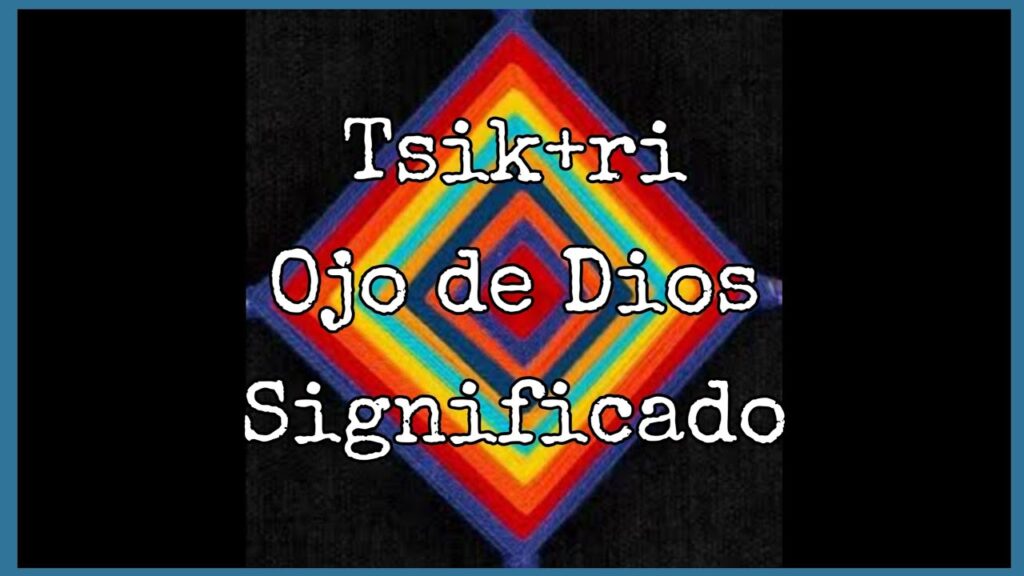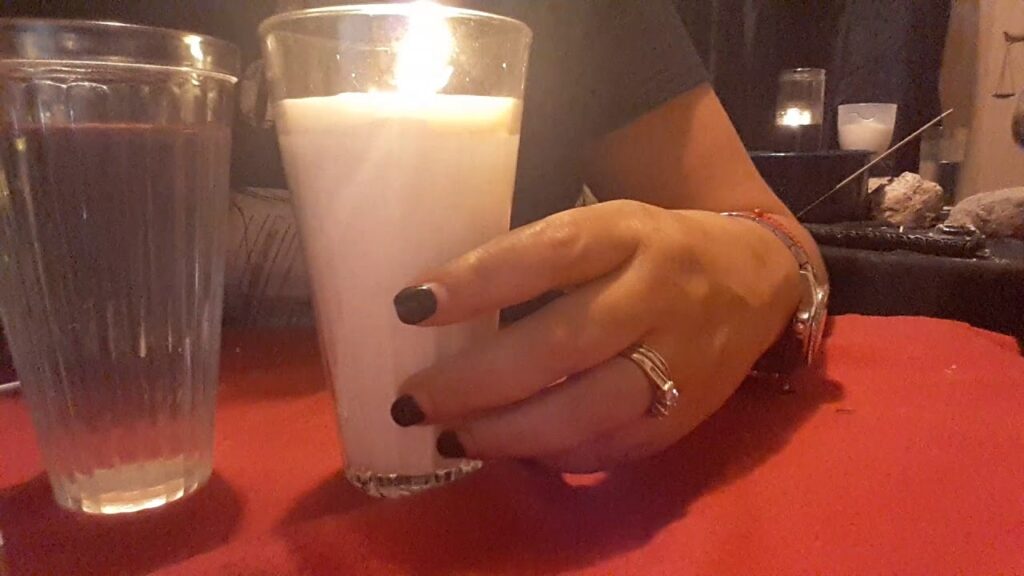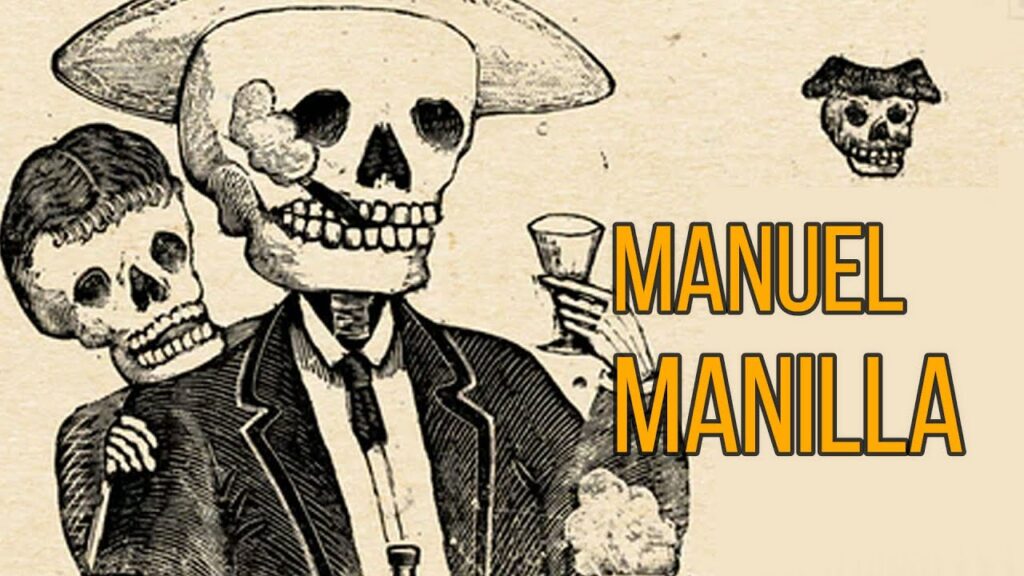Exploring the Spiritual Significance of the Ojo de Dios
The Ojo de Dios or ‘Eye of God’ is a spiritual and votive object deeply ingrained in the indigenous cultures of the Americas, particularly within the Huichol and Tepehuan people of Mexico. These intricate handmade symbols are more than mere decoration; they are a manifestation of a spiritual journey, with each woven layer representing an aspect of understanding in the cosmic vision of these indigenous communities.
Traditionally, the creation of an Ojo de Dios begins when a child is born. The central eye is crafted by the father, which then follows with additional eyes added with each passing year until the child reaches the age of five. This custom denotes the watchful gaze of God over the child during their formative years and is said to protect and guide them through the challenges of life.
In a broader sense, the Ojo de Dios is a symbol of the ability to see and understand things unknown and to witness the interconnectedness of the universe. Each unique color chosen and every turn of yarn holds deep meaning, often reflecting individual perceptions of life and spirituality. For many, these colors and patterns are a dialogue with the divine, a way to pray or make wishes for health, fortune, and prosperity.
Beyond its personal and familial significance, the Ojo de Dios is also a communal talisman. During various rituals and ceremonies, larger, more elaborate versions are created as offerings to the gods, seeking their favor and blessings. These ceremonies are bright with colors and ripe with symbolism, forming an essential part of the rich tapestry that is the cultural and spiritual landscape of Mexico.
The Intricate Craftsmanship of Tzicuri in Wixárika Culture
The Wixárika people, often known as the Huichol, possess a vibrant culture renowned for its deep spiritual significance and intricate artistic expressions. Central to their cultural identity is the creation of Tzicuri – sacred objects that are much more than mere decorations; they are a bridge to the divine, a way for the Wixárika to connect with their deities and ancestors. These pieces are meticulously crafted using traditional methods passed down over generations, and each is infused with symbolic meanings and intentions.
Creating a Tzicuri is a meditative and ritualistic process. Artisans typically find themselves in a state of profound concentration, often invoking the guidance of their gods to aid in the making of these ceremonial pieces. Materials used in Tzicuri craftsmanship—such as beads, yarn, and wax—are not random. The colors and patterns chosen are deliberate, representing elements of nature and Wixárika cosmology, such as water, air, earth, fire, and the journey of the soul.
The most recognized form of Tzicuri is the beaded masks and objects, which dazzle with their complexity and vibrant hues. Every bead is placed one at a time, often involving the entire family in the process. From animal figures that embody gods to intricate bowls and masks, these objects serve as focal points in ceremonies and are believed to hold protective powers. They are not only a testament to the artist’s skill but also to the community’s collective spiritual life.
In addition to beaded work, Wixárika artisans are also famous for their yarn paintings, another form of Tzicuri. These paintings involve spreading beeswax on a wooden board and meticulously arranging threads of yarn by hand to create elaborate and symbolic images. The result is a testament to the patience, steadiness, and creativity of the Wixárika people, narrating stories, visions, and prayers through woven colors and shapes that are captivating to the eye and the spirit.
The laborious yet fulfilling task of creating Tzicuri is not solely for aesthetic appeal. Each piece is a narrative of the Wixárika’s rich history, a preservation of their lore and theology. For travelers and collectors alike, acquiring a Tzicuri is a privilege that carries the weight of cultural respect and appreciation. It is a reminder of the resilience and ingenuity of the Wixárika culture, and how, through their exquisite craftsmanship, they continue to stitch the very fabric of their identity and values into each creation.
Discovering the Deep Meanings Behind the Huichol Ojo de Dios
Within the vibrant culture of the Huichol people, the Ojo de Dios stands out as a symbol of profound spiritual significance. These meticulously crafted objects are far more than mere artistic expressions; they are a window into the soul of Huichol cosmology. The Huichol, or Wixárika, indigenous people of Mexico create these intricate designs by interweaving yarn across wooden sticks, resulting in a mosaic of colors that each tell a part of their rich narrative.
The creation of an Ojo de Dios, or “God’s Eye”, is a ritual that begins at the birth of a child. Huichol families will start by adding a central eye, a guardian that watches over the infant’s journey through life. As the child grows, additional eyes are added with each passing year, symbolizing the unfolding of life’s complex tapestry and the protective gaze of the divine. This tradition imbues the Ojo de Dios with layers of personal and communal history.
Each color interwoven into the design carries its own story and meaning. Shades of blue represent the ocean, the source of life and sustenance, while red echoes the desert sun, a powerful emblem of life’s energy and passion. The intricate patterns are not random; they are meditative paths for prayers and reflections, guiding the viewer into a deeper understanding of the natural world and their place within it.
The Ojo de Dios is also a teaching tool, instilling values and wisdom in Huichol youth. Through the crafting process, elders pass down ancient knowledge, recounting tales of their deities, natural elements, and the interconnectedness of all beings. These vibrant artifacts remind us that the spiritual embrace of the Huichol people extends far beyond physical sight, inviting us to look inward and see the world through a lens of empathy and interconnectedness.
The Importance of Ojo de Dios in Wixárika Traditions and Beliefs
The Ojo de Dios or Eye of God is a spiritual and votive object deeply embedded in the traditions of the Wixárika (Huichol) people of Mexico. These intricately woven designs, created with yarn and wooden sticks, are more than just colorful decorations. They carry significant spiritual connotations and are integral to Wixárika religious ceremonies. The Ojo de Dios is believed to have the power to watch over the people, offering protection and wisdom. This emblematic craft is often made during important life events, symbolizing an offering to the gods and the seeking of guidance through life’s trials and tribulations.
Each Ojo de Dios is unique, reflecting the individual prayers and intentions of its maker. As a central object in rituals, particularly during rites of passage such as birth, the weaving begins with the central eye and additional eyes are added with each new stage in life. The colors and patterns used in the weaving hold different meanings, with each hue representing elements such as water, earth, fire, air, and life. The intricate designs aren’t merely artistic expressions; they are visual narratives of the Wixárika journey through life and connection to the divine.
The tradition of crafting an Ojo de Dios is a communal and familial practice, often beginning with children at a young age. By introducing the younger generation to this craft, the Wixárika ensure the continuation of their cultural heritage and the passing on of their belief systems. Through these vibrant symbols, stories and wisdom are preserved and shared not only among their community but also with the world. To the Wixárika, every Ojo de Dios is imbued with prayers and serves as a reminder of their enduring faith in the greater forces that govern their existence.



